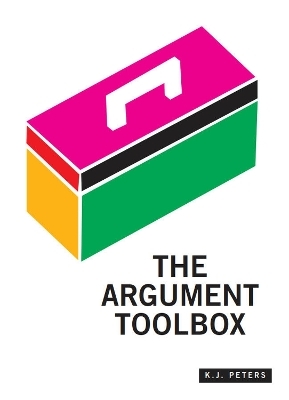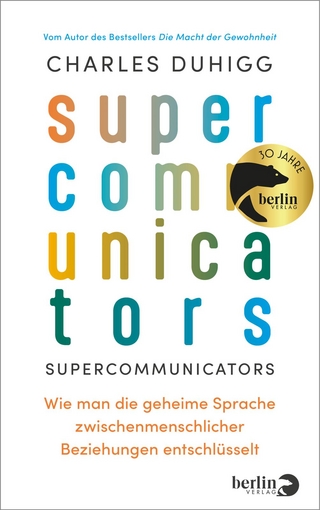
The Argument Toolbox
Broadview Press Ltd (Verlag)
978-1-55481-516-6 (ISBN)
Drawing on the pedagogy, rhetorical theory, and student editor insights of The Argument Handbook, The Argument Toolbox is a very concise resource designed to help first year composition students, rhetoric and writing students, and first year seminar students build persuasive arguments in various genres. Like the more comprehensive text, The Argument Toolbox is organized and designed so that students can zero in on the content they need to respond to an assignment when faced with a blank screen, a hard deadline, and a skeptical audience.
K.J. Peters is Professor of English at Loyola Marymount University. He has 15 years of experience directing first-year writing programs and training graduate students, instructors, and professors of many disciplines in composition pedagogy and rhetorical theory.
Chapter 1 Building Arguments: An Introduction
Module I-1: Argument Defined
Module I-2: Invention and Research: How Will You Find Ideas and Evidence?
Module I-3: What You Need to Know about Writing in Universities and Colleges
Chapter 2 Inventing and Researching Arguments
Module II-1: Elements of Effective Invention
Module II-2: Invention Strategies
Module II-3: Using Research to Find and Develop Ideas
Module II-4: Using Databases and Search Engines
Module II-5: Organizing Your Research
Module II-6: How Do I Evaluate Sources?
Module II-7: Avoiding Plagiarism
Module II-8: Integrating Sources Authoritatively
Chapter 3 Orienting Arguments
Module III-1: Rhetorical Situation Defined
Module III-2: Audience Defined
Module III-3: Analyzing an Audience
Module III-4: Using Appeals, Media, and Conventions to Influence Your Audience
Chapter 4 Framing Arguments
Module IV-1: Framing Your Subject
Module IV-2: Primary and Secondary Stasis Questions
Module IV-3: Building an Argument Using Stasis Questions
Chapter 5 Shaping Arguments
Module VI-1: What Audiences Expect of a State-the-Facts Argument
Module VI-2: A State-the-Facts Genre: Research Paper
Module VI-3: What Audiences Expect of a Definition Argument
Module VI-4: A Definition Genre: Research Paper
Module VI-5: What Audiences Expect of a Causal Argument
Module VI-6: A Causal Argument Genre: Research Paper
Module VI-7: What Audiences Expect of an Analysis and Evaluation
Module VI-8: An Analysis and Evaluation Genre: Review of a Cultural Event
Module VI-9: What Audiences Expect of a Proposal
Module VI-10: A Proposal Genre: Position Paper
Chapter 6 Polishing Arguments
Module VI-1: Logical Fallacies Defined
Module VI-2: Awkwardness and Flow Defined
Module VI-3: Using Visuals in your Argument
Module VI-4: Using Design Conventions in your Argument
Module VI-5: Proofreading your Argument
Chapter 7 Documentation
Module VII-1: MLA Style for In-text Citation
Module VII-2: MLA List of Works Cited
Module VII-3: APA Style for In-text Citation
Module VII-4: APA List of References
| Erscheinungsdatum | 31.05.2022 |
|---|---|
| Zusatzinfo | 20 illustrations |
| Sprache | englisch |
| Maße | 167 x 226 mm |
| Gewicht | 217 g |
| Themenwelt | Sachbuch/Ratgeber ► Beruf / Finanzen / Recht / Wirtschaft ► Briefe / Präsentation / Rhetorik |
| Geisteswissenschaften ► Sprach- / Literaturwissenschaft ► Literaturwissenschaft | |
| Geisteswissenschaften ► Sprach- / Literaturwissenschaft ► Sprachwissenschaft | |
| ISBN-10 | 1-55481-516-9 / 1554815169 |
| ISBN-13 | 978-1-55481-516-6 / 9781554815166 |
| Zustand | Neuware |
| Informationen gemäß Produktsicherheitsverordnung (GPSR) | |
| Haben Sie eine Frage zum Produkt? |
aus dem Bereich


